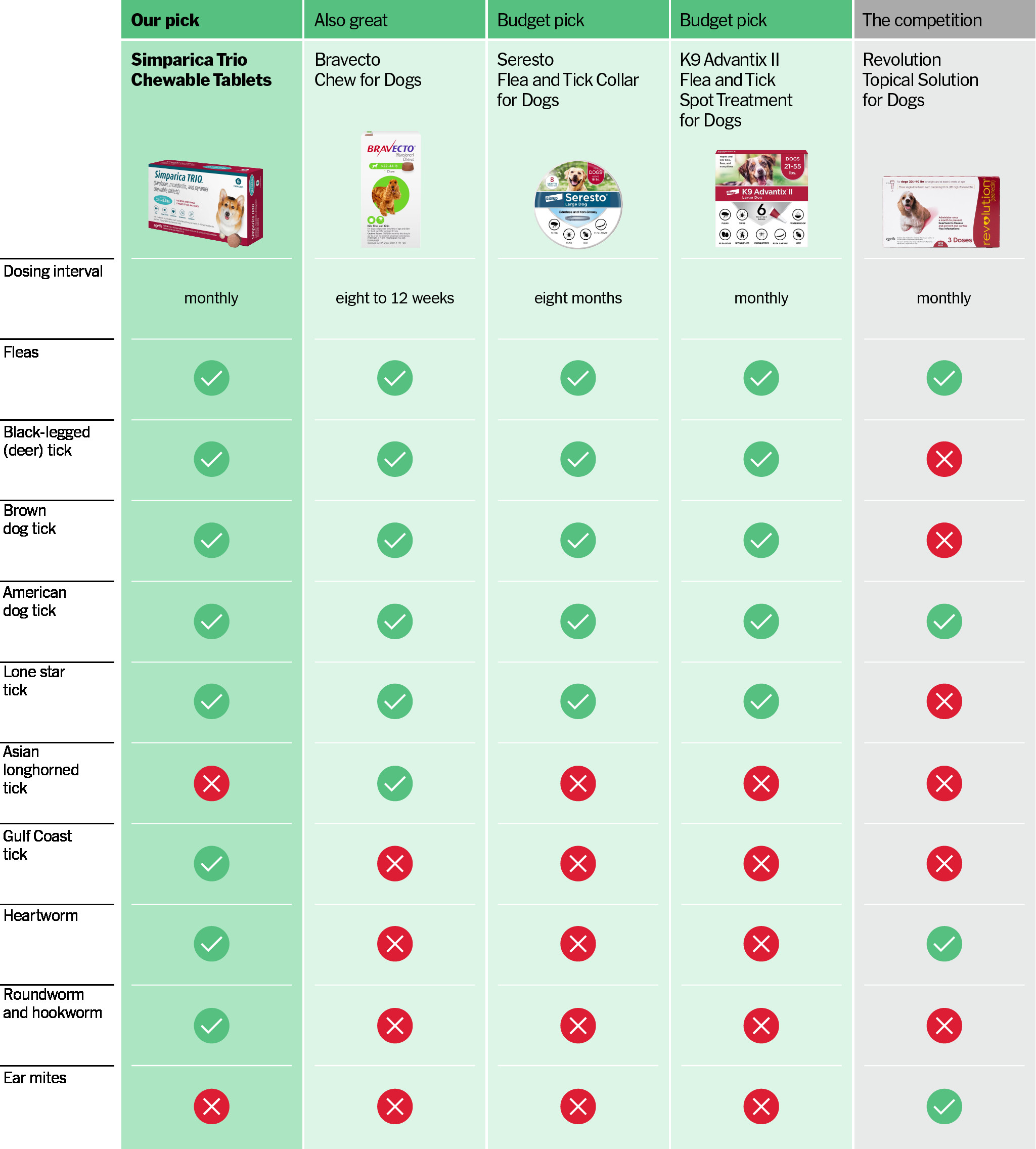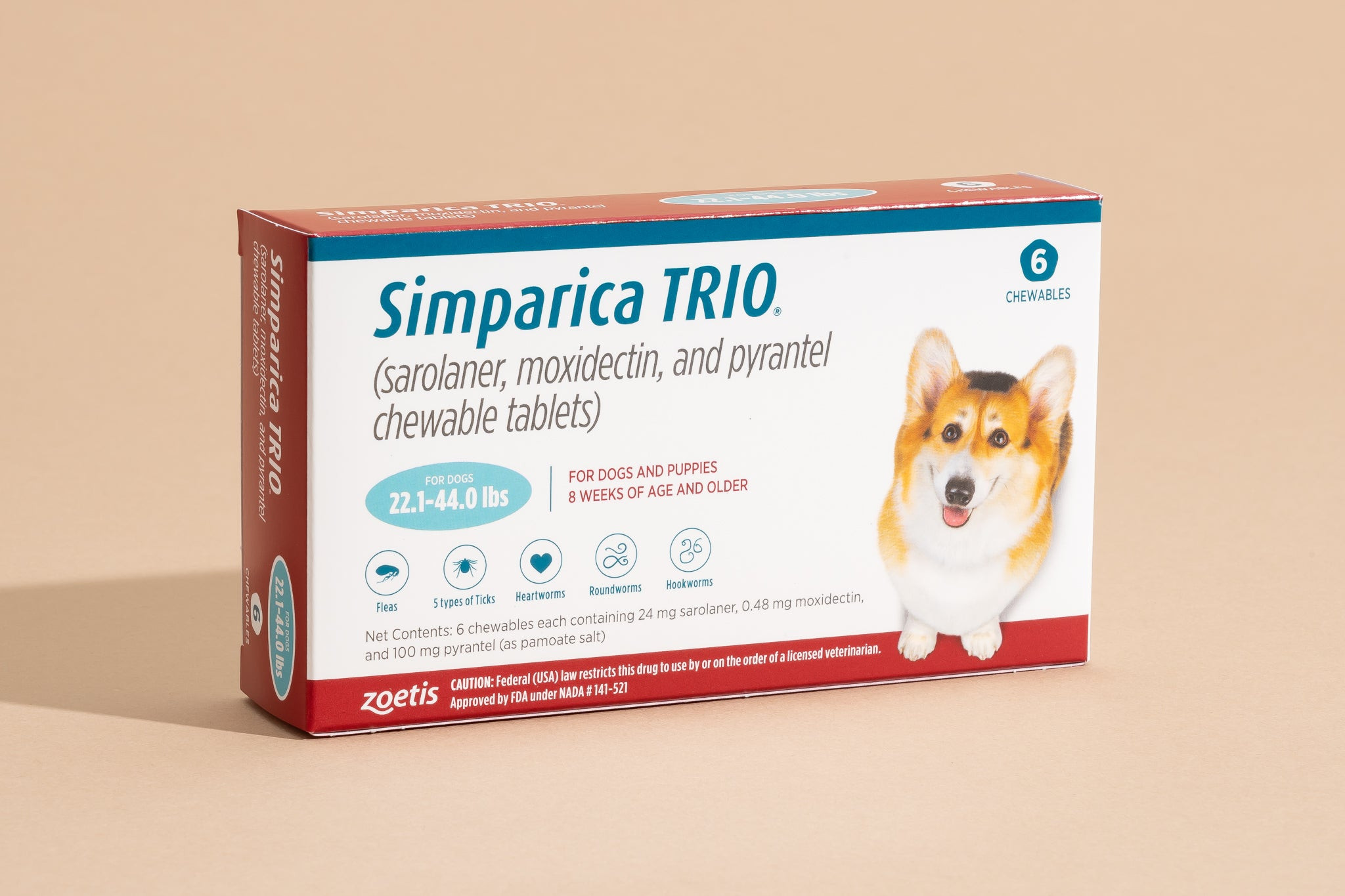Fleas are more than just a nuisance for cats; they can cause intense itching, skin irritation, and even transmit diseases. As a cat owner, ensuring your feline friend is protected from these pesky parasites is a key part of responsible pet care. Choosing the right flea prevention can feel overwhelming with so many products available. This guide will explore the best flea prevention options for cats, helping you make an informed decision to keep your cat healthy and comfortable.
Understanding Flea Prevention for Cats
 A cat scratching its neck, highlighting the discomfort fleas can cause.
A cat scratching its neck, highlighting the discomfort fleas can cause.
Effective flea prevention for cats is crucial for their well-being. Fleas can lead to a range of problems, from mild skin irritation to more serious conditions like flea allergy dermatitis and anemia, especially in kittens. Moreover, fleas can carry tapeworms, which can further compromise your cat’s health. Understanding the different types of flea prevention available is the first step in choosing the best approach for your cat.
Top Flea Prevention Methods for Cats
There are several effective methods to prevent fleas on cats, each with its own advantages and considerations. Here are some of the most popular and veterinarian-recommended options:
1. Topical Flea Treatments (Spot-Ons):
Topical treatments are applied directly to your cat’s skin, usually at the back of the neck. These treatments contain insecticides that kill fleas and often ticks. They are generally easy to apply and provide month-long protection.
- How they work: The medication is absorbed into the cat’s skin and spreads through the hair coat, killing fleas upon contact.
- Pros: Convenient, long-lasting protection (usually one month), effective against fleas and sometimes ticks.
- Cons: Some cats may dislike the application, potential skin irritation at the application site, needs to be applied regularly.
Popular Topical Brands: Frontline Plus for Cats, Advantage II for Cats, Revolution for Cats (prescription needed, also protects against heartworms and ear mites).
2. Oral Flea Medications:
Oral medications come in the form of tablets or chewables that are given to your cat monthly. These medications work systemically, meaning they are absorbed into the bloodstream and kill fleas when they bite your cat.
- How they work: The medication circulates in the cat’s blood, killing fleas that feed on the cat.
- Pros: Easy to administer (especially chewable forms), effective flea control, some offer additional parasite protection.
- Cons: Requires monthly administration, prescription often needed, fleas need to bite the cat to be killed.
Popular Oral Brands: Comfortis for Cats (fast-acting flea control), Capstar for Cats (fast-acting, short-term relief), Credelio for Cats (fleas and ticks, prescription needed).
3. Flea Collars:
Flea collars are worn around your cat’s neck and release insecticides that repel and kill fleas. Modern flea collars are designed to be safe for cats and provide long-lasting protection, often for several months.
- How they work: The collar slowly releases insecticide onto the cat’s fur, providing continuous flea protection.
- Pros: Long-lasting protection (several months), can be cost-effective, some repel ticks as well.
- Cons: Some cats may find collars uncomfortable, potential for collar loss or injury if not fitted properly, effectiveness may decrease over time.
Popular Flea Collar Brands: Seresto Flea and Tick Collar for Cats (8-month protection), Preventic Collar for Cats (tick control, also aids in flea control).
4. Flea Shampoos and Dips:
Flea shampoos and dips are used to kill fleas on contact during a bath. They are effective for immediate relief from existing flea infestations but do not provide long-term prevention.
- How they work: Insecticides in the shampoo or dip kill fleas during the bathing process.
- Pros: Immediate relief from fleas, cleanses the cat’s coat.
- Cons: Short-term solution, does not prevent future infestations, bathing can be stressful for cats, some products can be harsh on the skin.
5. Flea Combs:
Flea combs are fine-toothed combs used to manually remove fleas and flea dirt (flea feces) from your cat’s coat. While not a primary prevention method, they are helpful for detecting fleas and removing them, especially in conjunction with other treatments.
- How they work: Physical removal of fleas and flea dirt from the cat’s fur.
- Pros: Non-chemical method, early detection of fleas, can be used frequently.
- Cons: Time-consuming, does not prevent fleas, only removes adult fleas present at the time of combing.
Choosing the Best Flea Prevention for Your Cat
 A close-up of different flea prevention products for cats, showcasing variety.
A close-up of different flea prevention products for cats, showcasing variety.
Selecting the best flea prevention for your cat depends on several factors, including your cat’s lifestyle, age, health, and your preferences. Here are some considerations:
- Lifestyle: Indoor cats are less exposed to fleas than outdoor cats, but fleas can still be brought into the home. Outdoor cats generally require more robust flea prevention.
- Age and Health: Kittens and senior cats, as well as cats with underlying health conditions, may require gentler flea prevention options. Always consult your veterinarian for advice tailored to your cat’s specific needs.
- Ease of Use: Consider how easily you can administer the chosen treatment. Topical spot-ons are generally easy to apply, while oral medications may be simpler for cats who dislike collars.
- Coverage: Determine if you need protection only against fleas or also against ticks and other parasites. Some products offer broader coverage.
- Safety: Always use products specifically formulated for cats. Dog flea treatments can be toxic to cats. Read product labels carefully and follow your veterinarian’s recommendations.
Consulting Your Veterinarian
The best approach to flea prevention for your cat is to consult with your veterinarian. They can assess your cat’s individual risk factors and recommend the most appropriate and effective flea prevention strategy. Your vet can also advise on the safe and proper use of flea prevention products and address any concerns you may have.
Year-Round Flea Prevention
Fleas can be a problem year-round, even in colder climates, as they can thrive indoors. Therefore, consistent, year-round flea prevention is often recommended to protect your cat from infestation and the health problems associated with fleas.
Conclusion
Choosing the right flea prevention for your cat is an essential part of responsible cat ownership. By understanding the different types of flea prevention available and considering your cat’s individual needs, you can work with your veterinarian to create a flea prevention plan that keeps your feline companion healthy, comfortable, and pest-free. Regular flea prevention is not just about eliminating a nuisance; it’s about safeguarding your cat’s overall well-being and ensuring a happy, healthy life for your beloved pet.


